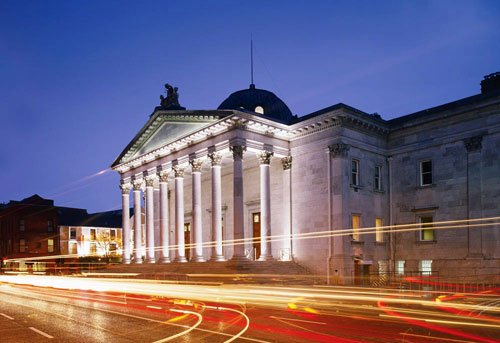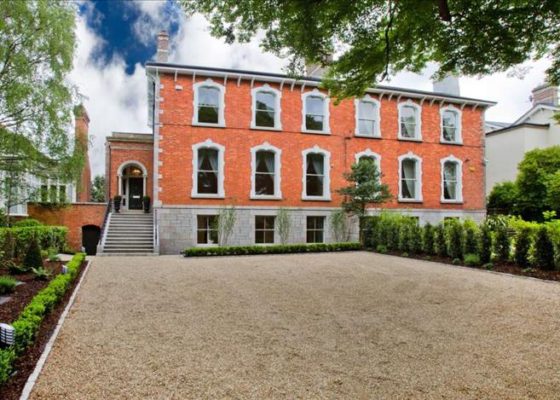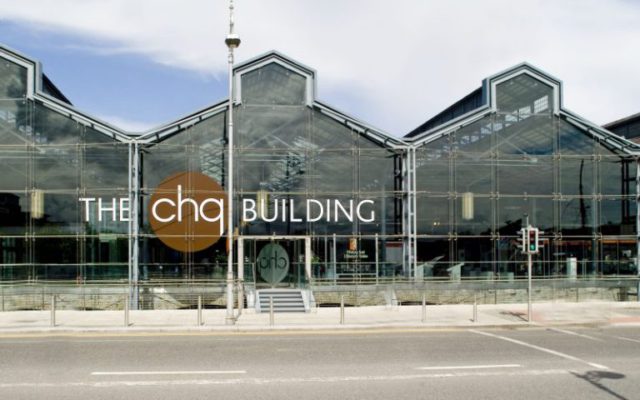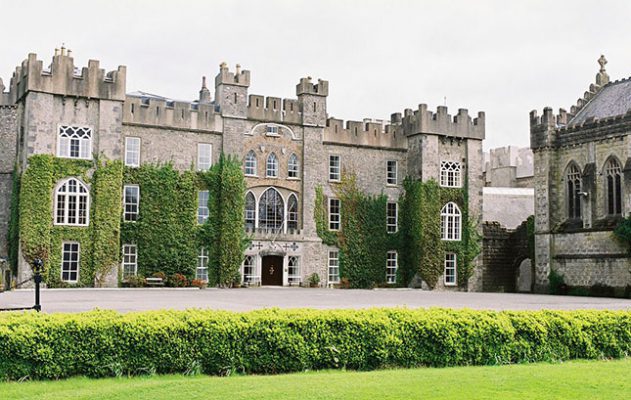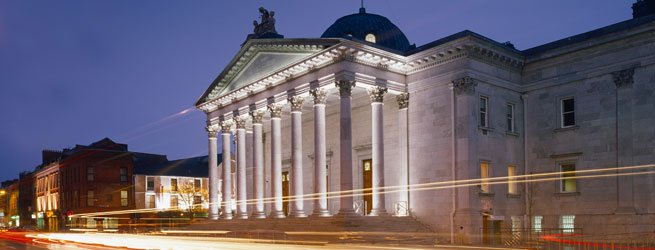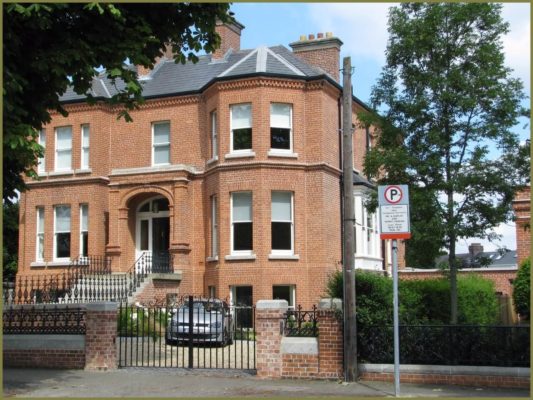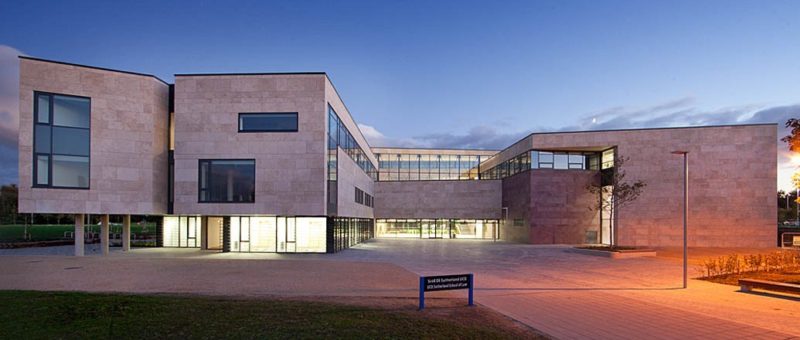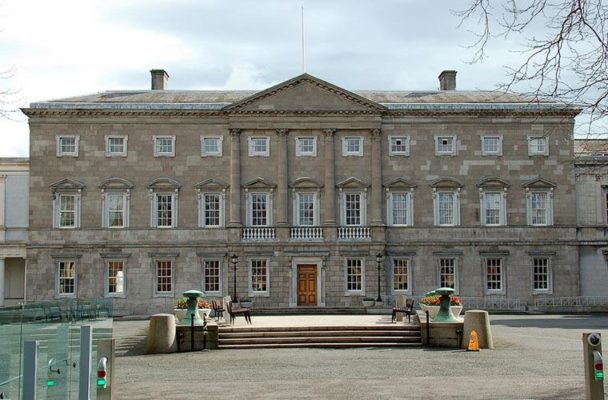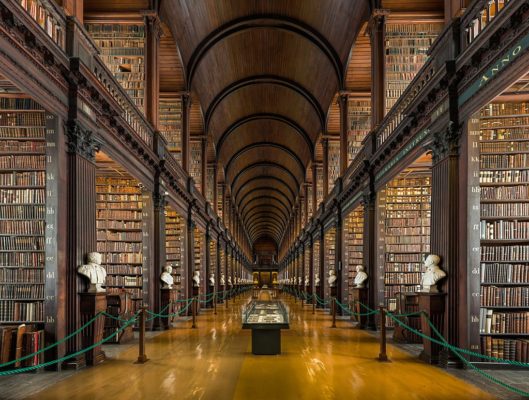MISSON
The principals of minimum intervention, reversibility of methods, separation of new from old and minimum removal of original material are articulated from centuries of research, application and progress. These principals can only be applied with a thorough knowledge of the causes of the problems and the systems, methods and products available to deal with these problems.
PASSION
We at the Damp Store have kept abreast of the ever-changing solutions to the various problems of decay and dampness. Even with modern technology the solution to or at least the slowing down of this deterioration presents a major challenge particularly when corralled by the principals that govern the organisation and application of conservation intervention.
OUR COMPANY
Over the years we have developed conservation skills to know when a particular system, method or material is or is not suitable and to work with a design team adopting and put into action the most suitable solution to be able to respect the architecture, arts and crafts of the past. But at the same time endeavour to prolong the life of a structure for future generations.

